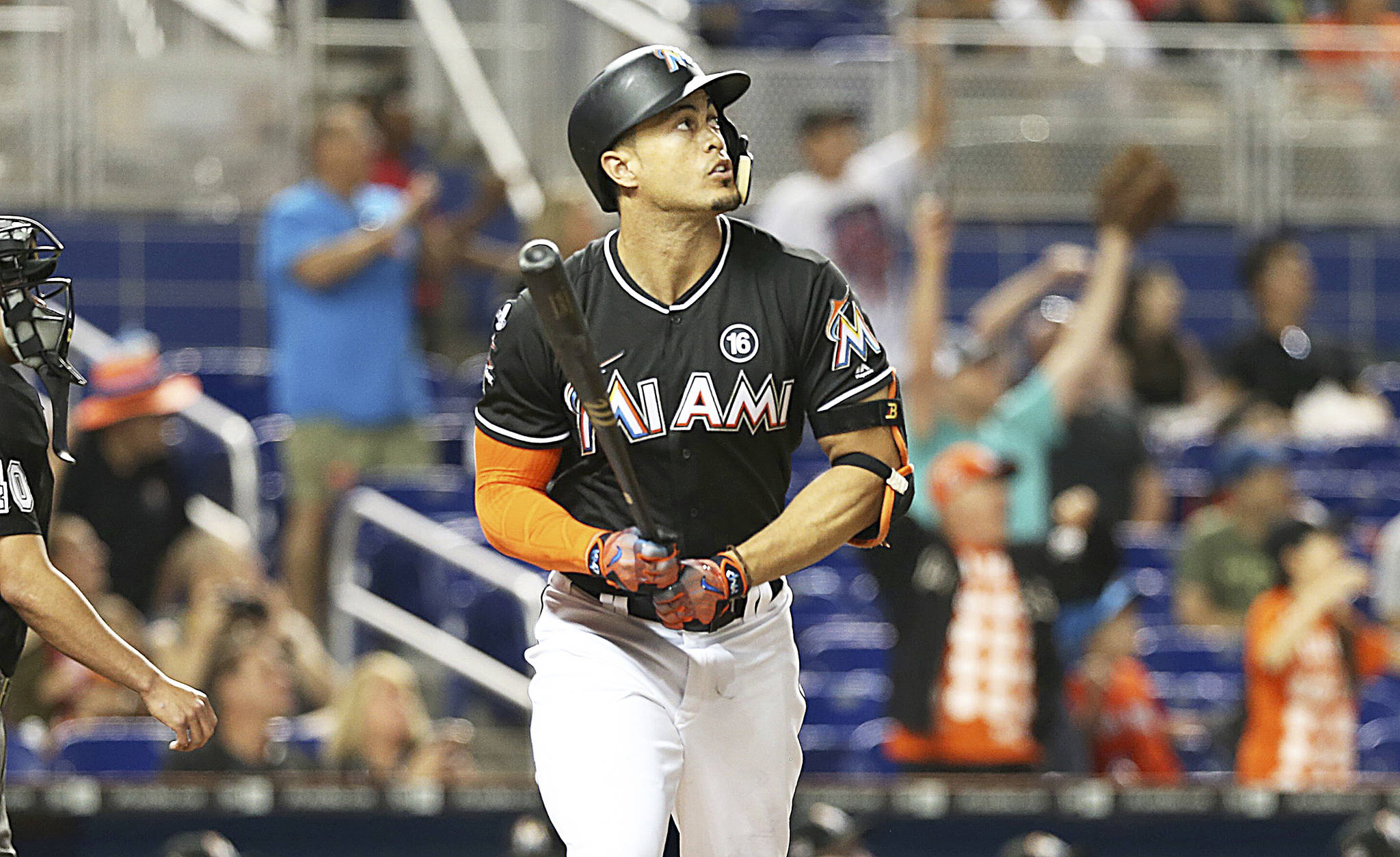By Paul Sullivan
Chicago Tribune
ST. PETERSBURG, Fla. — There are many competing theories as to why baseball was on track Tuesday to set an all-time single season record for home runs.
“Obviously guys are throwing harder,” Cubs third baseman Kris Bryant said.
“Obviously the balls are a little corked up,” first baseman Anthony Rizzo countered.
Obviously no one is sure exactly why it has happened.
But the fact is MLB was 17 home runs shy of the record entering Tuesday before Alex Gordon hit the 5,694th homer of the season to break the 2000 mark set at the height of the Steroids Era.
This is also going to be the 10th straight season the all-time strikeout record will be broken, and games also are lasting longer than ever at 3 hours, 9 minutes. This is not your father’s game, for better or worse, and we’re all just going to have to get used to it.
“People have their theories, but the game has changed a lot,” Kyle Schwarber said before belting his 28th home run in the second inning of the Cubs 2-1 victory over to the Rays. “I’m sure anyone can say it’s a live ball, but you have all these pitchers throwing 97 (mph) plus, so if you get a good piece on the barrel there’s a good chance it’ll go.
“I have no clue why. Personally, I have no good guess. But that’s an educated guess. Back then there weren’t as many guys throwing 97.”
Pitchers’ velocity often is noted as the primary reason. They’re bigger, stronger and have better game plans on where to pitch batters because of modern technology. Bullpens that once were filled with several failed starters and a closer now are packed with one or two-inning relievers who all throw in the upper 90s.
Because the hitters are also stronger, it’s just a matter of physics when bat meets the ball.
“Obviously guys are throwing harder, and the harder it comes in, the harder it goes out,” Bryant said. “I don’t know. I haven’t noticed a difference in the ball. I don’t know if it’s new technology, maybe bat companies are making better products.
“I’m sure there are a lot of different theories you can throw out there.”
No one seems to credit the hitters for catching up to pitchers, especially since strikeouts are up. But Cubs manager Joe Maddon suggested batters are more adept than ever at hitting pitches that once were considered unhittable.
“It’s an organic change by hitters who are getting more used to velocity,” Maddon said. “That has to have something to do with it. Pitchers are throwing 95, 96 and even 97 plus, and guys are on it. Years ago, guys had no chance. So if you’re on 96 or 97, what does 93 or 94 mean now?
“And I do believe the (higher) launch angle (of hitters) trying to do that more intentionally has something to do with it. But it eventually will work against them based on pitchers adjusting to that swing angle. So it’s the combination of velocity and hitters trying to hit the ball up. And they have been able to.”
Many pitchers have pointed to the balls themselves as the main culprits. Commissioner Rob Manfred insists testing on balls shows no difference.
But skeptics remain, including Rizzo.
“I truly believe they are (juiced),” he said. “It’s kind of like (inflating a) football. The (legal) range where it can be, it’s probably on the high end. On the other hand, you see guys taking swings on 1-2 (pitches) like it’s 2-0. Guys are trying to hit the ball out of the park.
“Thirty home runs justifies a lot of (strikeouts). Twenty home runs justifies hitting .220. There’s a silver lining to taking those big swings all the time, although I also can say the balls are probably not juiced because I’ve hit the same (number) the last four years.”
Giancarlo Stanton, who has 55 home runs, and Aaron Judge (44) are examples of tall, chiseled sluggers whose power just comes naturally. But 5-foot-6 Jose Altuve has 23 homers, so size isn’t everything.
“It’s more like the fast twitch muscles,” Bryant said. “Even myself, I have no body by any means, but if you can find a way to maximize the most of what you have there’s a better chance of you hitting a lot of home runs, and I think a lot of guys here are doing that.”
The Cubs have a franchise record six players with 20 or more home runs: Rizzo (32), Schwarber, Bryant (27), Ian Happ (22), Javier Baez (22) and Willson Contreras (21). They have an outside shot of breaking the club mark of 235 homers in 2004, with 210 after Tuesday.
Whether all the home runs are helping the game or not is debatable, though the Cubs seem to think it is.
“When you’re a fan, you want to see guys throw 100 (mph) and you want to see guys hit home runs,” Rizzo said. “I think it’s a fad, like everything else. It comes and goes. In 2014 I remember I hit 32 home runs and I was like second in the league (to Stanton’s 37). Now I have 32 and I’m probably 15th or 20th. Comes and goes.”
Will the home run totals ever go back down?
Maddon said it will go down eventually as pitchers adjust to the launch angles with a different approach.
“Moving forward I’d be curious to see next year (after pitchers) really have a chance to break it down, if there is an actual regression because of being pitched differently,” he said.
“Is less velocity going to be more attractive with movement? Will they get guys to put the ball on the ground, like Kyle Hendricks or (Zack) Davies? Is it going to be more in vogue to get sinkerball pitchers back into the mix?”
As usual, it’s wait ‘till next year.


